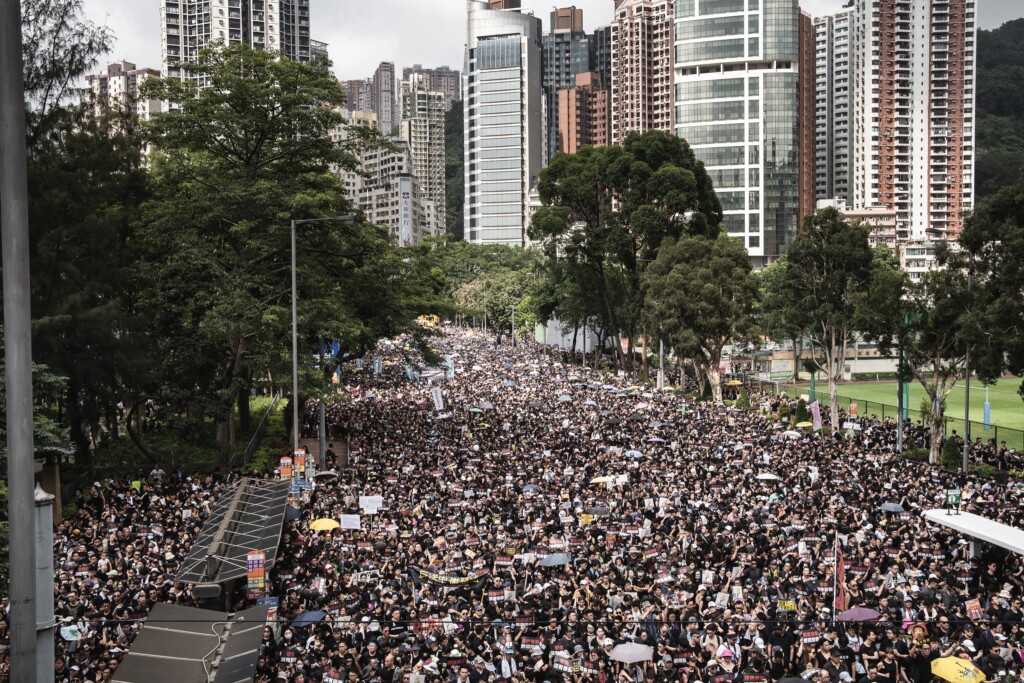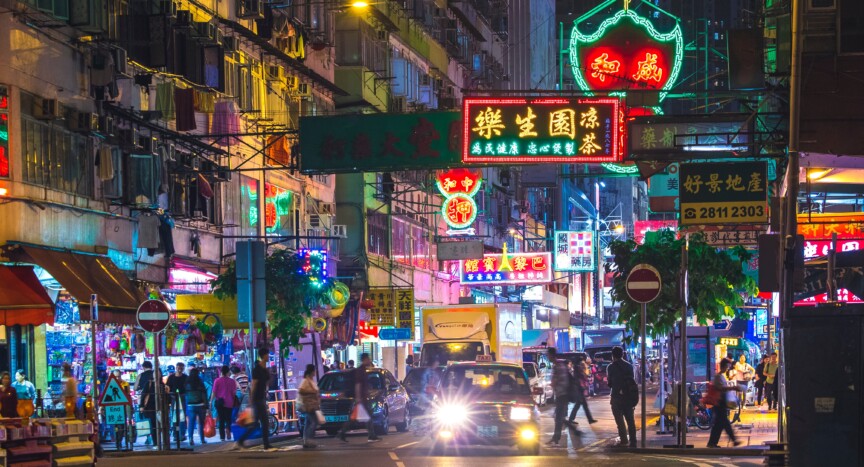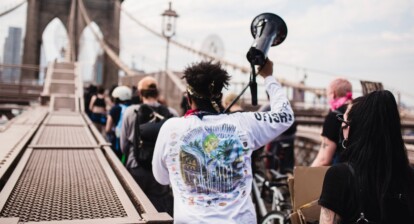Hong Kong was a British colony from the mid-19th century up until just 25 years ago, in 1997. The British influence is still visible in Hong Kong; many streets have English names, and traffic drives on the left side of the road. But perhaps most relevant is that there is a democratic system in place with a separation of powers, and this system is inherited from the nation’s history as a British colony [1]. 1997 was the year when the British handed Hong Kong back to China. At this time, China had implemented a one-party system, which means that there can only be one ruling party in the government. Unsurprisingly, this is not something that the citizens of Hong Kong were thrilled about, considering their democratic values inherited from Western influence. In order to make the transition from British to Chinese rule less harsh for the public of Hong Kong, the Chinese government allowed for a 50-year transition period with the principle of ‘one country, two systems’. In this way, the citizens of Hong Kong have until 2047 to adjust themselves to the politics and culture of mainland China. On paper at least.
Since 1997, China has slowly but surely increased its influence over Hong Kong. This became especially evident in April 2019 when Chinese officials came up with a bill that would allow citizens of Hong Kong, who are accused of breaking the law, to be extradited to mainland China to continue their trial there; the extradition law amendment bill (ELAB). The outrage caused by this proposal resulted in perhaps the largest pro-democracy protests that Hong Kong has ever observed, as one million protesters took to the streets. What followed were outbursts of violence, police brutality and arrests of protesters [2].

What characterizes the pro-democratic social movement in Hong Kong is that it is a leaderless, decentralized movement that uses social media platforms such as Telegram as its mode of communication [3,4]. The anti-ELAB activists took pride in the lack of hierarchy in the movement and used social media to stimulate horizontal relations and interactions. This can also be observed in their slogan “no central stage”, which simultaneously displays that they do not want to be a part of the Chinese authoritarian one-party regime.
With the growing grip of mainland China and the police brutality involved in these protests, one could wonder why protesters are still bothered to be active in this movement. One factor that could motivate citizens to actively participate in the movement against China’s increasingly authoritarian threat is the political context. There are researchers who argue that a social psychological weighing of costs and benefits may be the driving force for people in Hong Kong to participate in protests [5]. However, just the perception of threat is not enough to explain why people choose to actively protest.
One researcher, who studied Hongkongers’ public opinions during the pro-democracy movement in 2010 argues that collective efficacy is what drives people to actively participate in the movement [5]. Views of collective efficacy are grounded in perceptions and beliefs about the competences of group members to achieve a goal. The situation in the pro-democracy movement in Hong Kong is different from other social movements, because it does not consist of one specific activist group, but rather relates to the entire public of Hong Kong. This means that judgements about collective efficacy in the pro-democratic movement in Hong Kong are not just based on the participants of the social movement, but rather on the perception of fellow citizens’ capacities of dealing with and participating in public affairs [6]. And this trust is present in Hong Kong’s public, which is why so many people stand behind and participate in the pro-democracy movement [5].
Simultaneously, the belief that politicians represent the public properly also adds to collective efficacy. In Hong Kong, this representation is displayed when the public expresses views on a matter, and politicians take these views into account in the political processes [7].
In other words, when the politicians in China and Hong Kong take the protesters’ views into account, the benefits of participation in the pro-democracy movement are increased.
The Chinese officials eventually decided to withdraw the ELAB in September 2019. However, for many protesters, the damage had already been done. On the first of October, 2019, China celebrated 70 years of Communist Party leadership while violence and chaos burst out in Hong Kong. Many lost their lives that week as a result of the pro-democratic protests [9]. In response to protests in Hong Kong in 2020, China passed the National Security Law (NSL) to deal with anyone who challenges China’s authority [10]. Since this law is in effect, hundreds of protesters and opposition leaders have been arrested and collective action has been suppressed. Only time will tell if the pro-democratic movement in Hong Kong can free this country from China’s authoritarian threat until 2047.
Reference
[1] Tam, W. C. (2012). The basic law and Hong Kong—The 15th anniversary of reunification with the Motherland. Hong Kong: Working Group on Overseas Community of the Basic Law Promotion Steering Committee.
[2] ISPI. (2021). Digital Revolution: How Social Media Shaped the 2019 Hong Kong Protests. Retrieved October 19, 2022, from https://www.ispionline.it/en/pubblicazione/digital-revolution-how-social-media-shaped-2019-hong-kong-protests-30756
[3] Gerbaudo, P. (2012). Tweets and the streets: Social media and contemporary activism. Pluto Press.
[4] Castells, M. (2015). Networks of outrage and hope: Social movements in the Internet age. John Wiley & Sons.
[5] Lee, F. L. (2010). The perceptual bases of collective efficacy and protest participation: The case of pro-democracy protests in Hong Kong. International Journal of Public Opinion Research, 22(3), 392-411.
[6] Chan, J. M., & Lee, F. L. (2007). Media and large-scale demonstrations: The pro-democracy movement in post-handover Hong Kong. Asian Journal of Communication, 17(2), 215-228.
[7] Lubell, M., Zahran, S., & Vedlitz, A. (2007). Collective action and citizen responses to global warming. Political behavior, 29(3), 391-413.
[8] The editors. (2020). What are the five key demands of Hong Kong? The China Project. Retrieved October 20, 2022, from https://thechinaproject.com/2019/10/23/what-are-the-five-key-demands-of-hong-kong/
[9] BBC News. (2019). The Hong Kong protests explained in 100 and 500 words. Retrieved October 19, 2022, from https://www.bbc.com/news/world-asia-china-49317695
[10] BBC News. (2022). Hong Kong’s handover: How the UK returned it to China. Retrieved October 20, 2022, from https://www.bbc.com/news/world-asia-china-40426827





